Idea by
Fabiola Muñoz & Carlos León
Estudio Extramuros
Call for ideas 2018
PLUG-IN FAÇADES
PLUG-IN FAÇADES
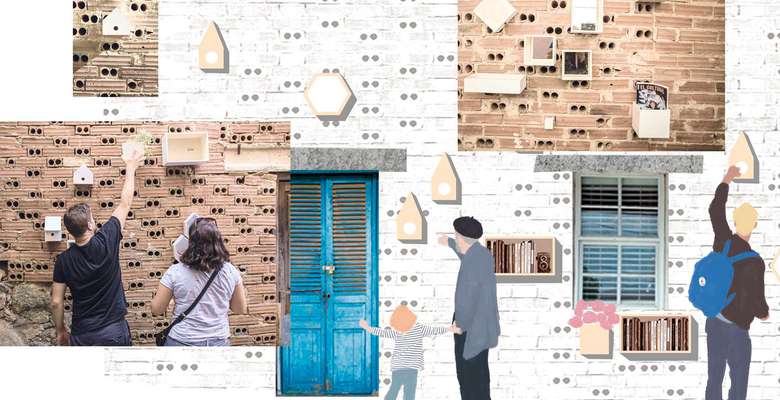
Plug-in façades’ roots are on the vernacular architecture in La Vera (Cáceres), where brick drying rooms are common buildings. The layout plan of perforated bricks is also the preferred façade system for those houses that aren’t going to be inhabited anytime soon.
Valverde de la Vera, the intervened village, had a lot of these unfinished façades that the neighbourgs labelled as ugly or shabby. These bits were neglected but the perforations could foster new ways to use the public space on their own terms.
Given a certain common problems ( no street lights, no plants, being always late,…) a series of wooden pieces were developed to solve these problems. They were conceived as easy DIY projects anyone could tackle on their own to replicate, redesign or to create new ones.
These plug-ins were installed in differents areas of the town, and could be moved to fit the necessities of the citizens, depending on the available areas or even expand to other villages in the surrounding area.
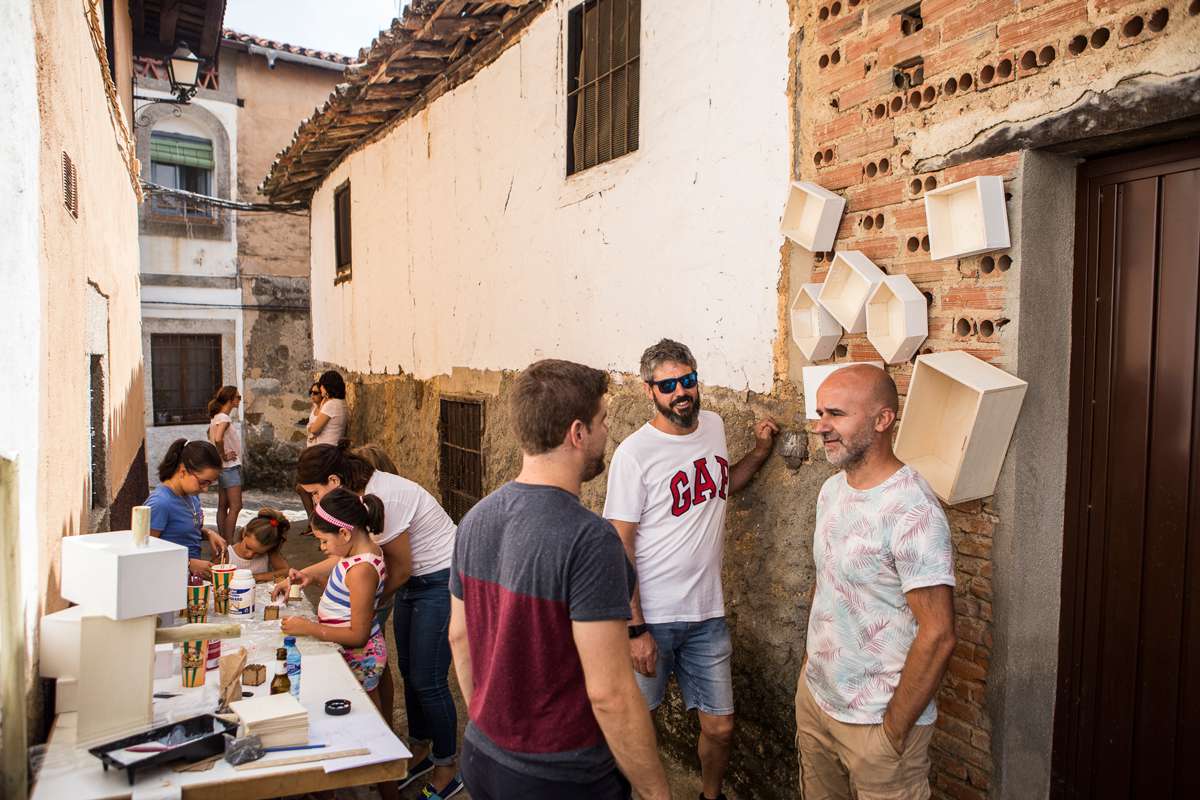
Workshops .Picture: Mario Martin.
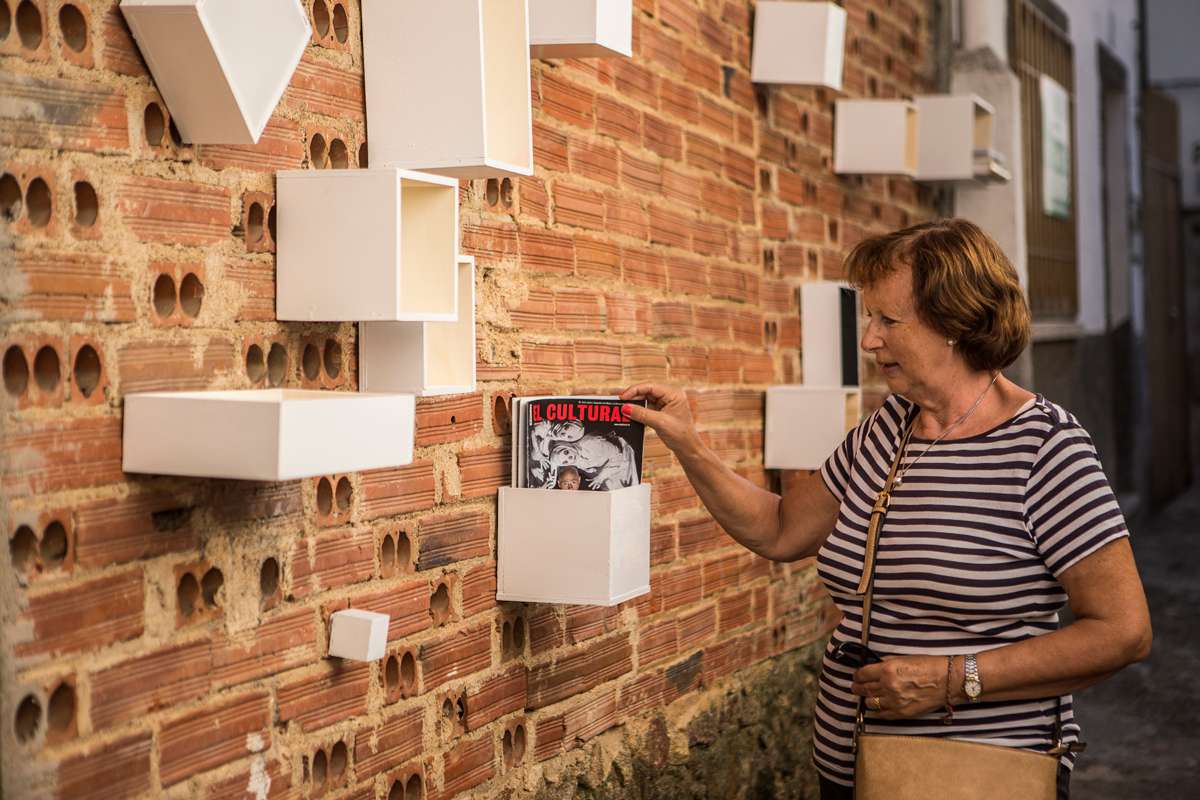
Picture: Mario Martin.
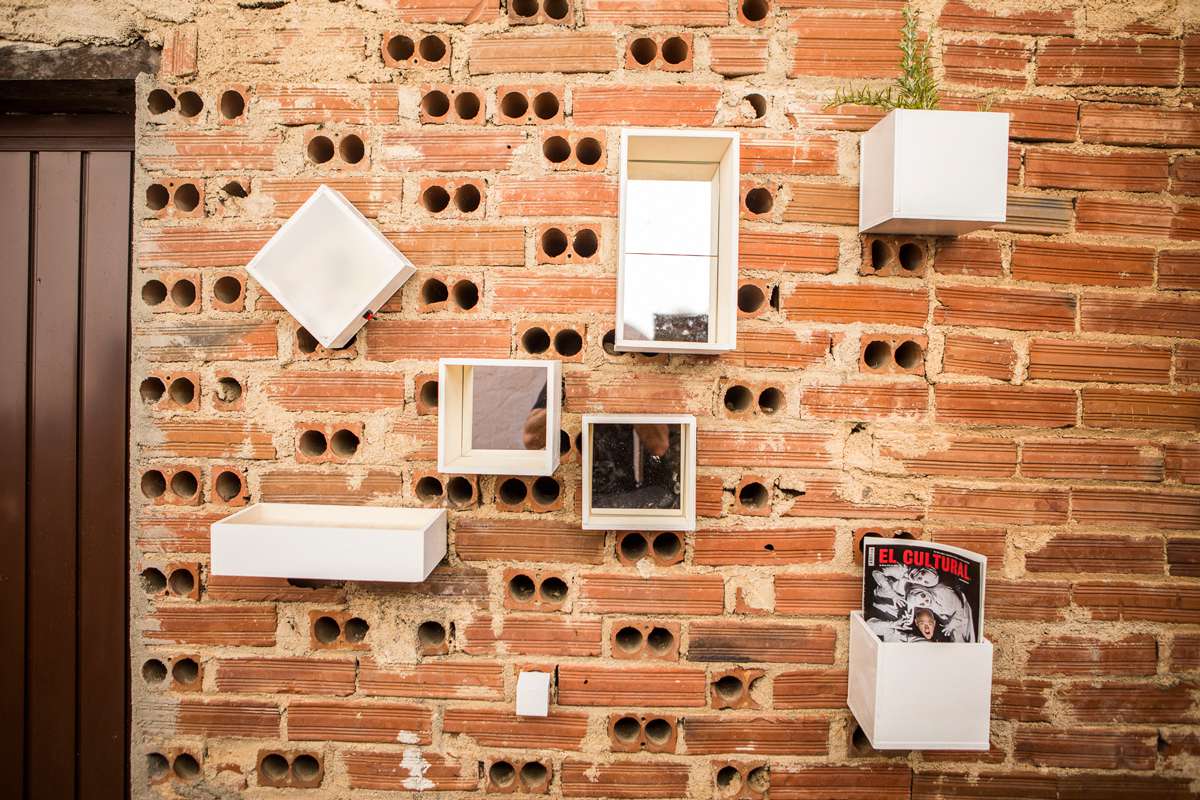
Picture: Mario Martin

DIY instructions: birdhouse.
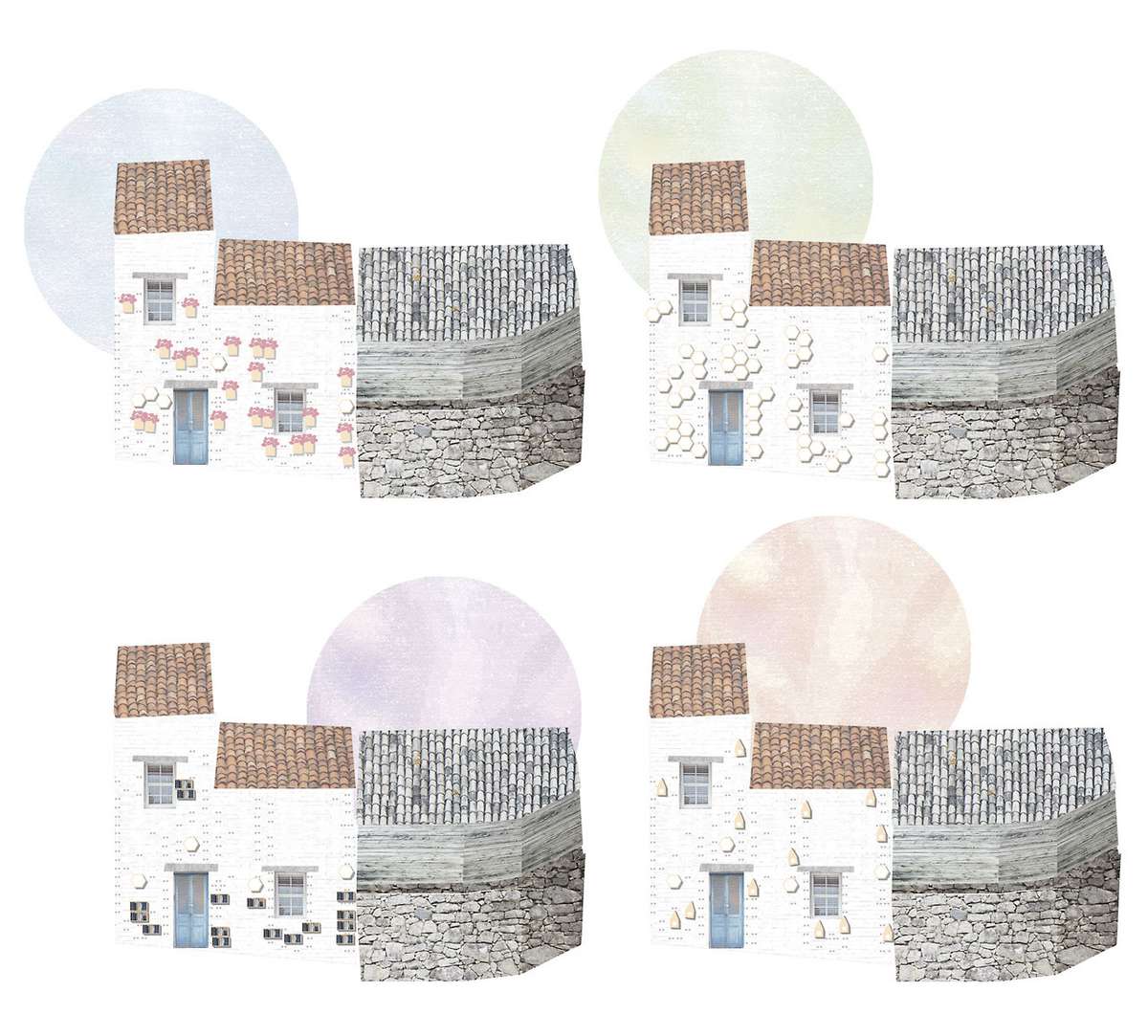
Layout hypotheses: flowers, lamps, bookcases, birdhouses.
PLUG-IN FAÇADES
PLUG-IN FAÇADES

Plug-in façades’ roots are on the vernacular architecture in La Vera (Cáceres), where brick drying rooms are common buildings. The layout plan of perforated bricks is also the preferred façade system for those houses that aren’t going to be inhabited anytime soon.
Valverde de la Vera, the intervened village, had a lot of these unfinished façades that the neighbourgs labelled as ugly or shabby. These bits were neglected but the perforations could foster new ways to use the public space on their own terms.
Given a certain common problems ( no street lights, no plants, being always late,…) a series of wooden pieces were developed to solve these problems. They were conceived as easy DIY projects anyone could tackle on their own to replicate, redesign or to create new ones.
These plug-ins were installed in differents areas of the town, and could be moved to fit the necessities of the citizens, depending on the available areas or even expand to other villages in the surrounding area.
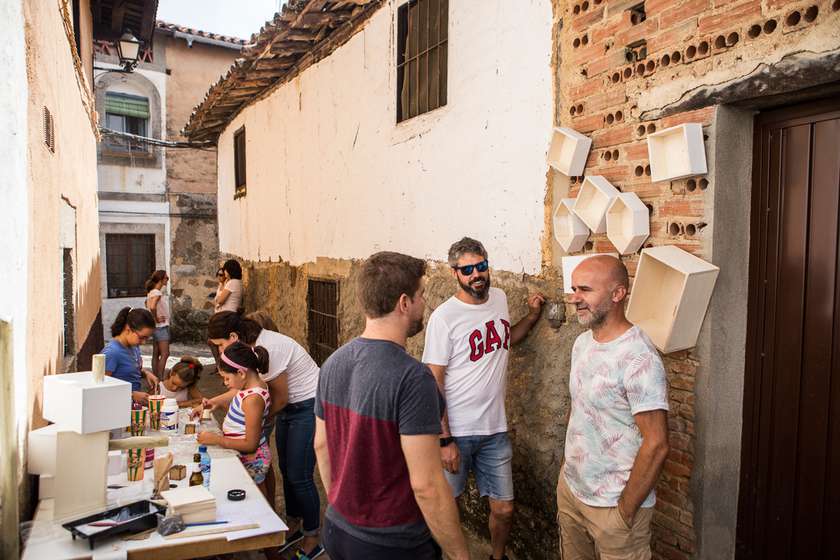
Workshops .Picture: Mario Martin.

Picture: Mario Martin.
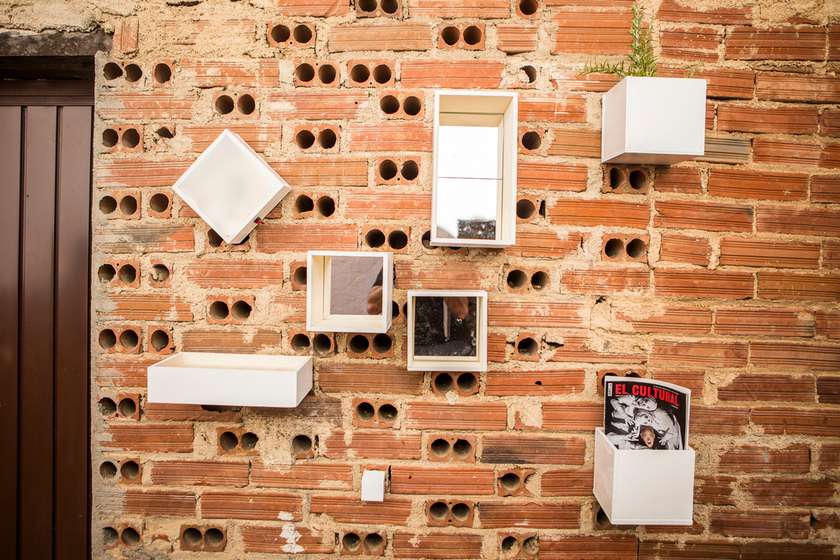
Picture: Mario Martin
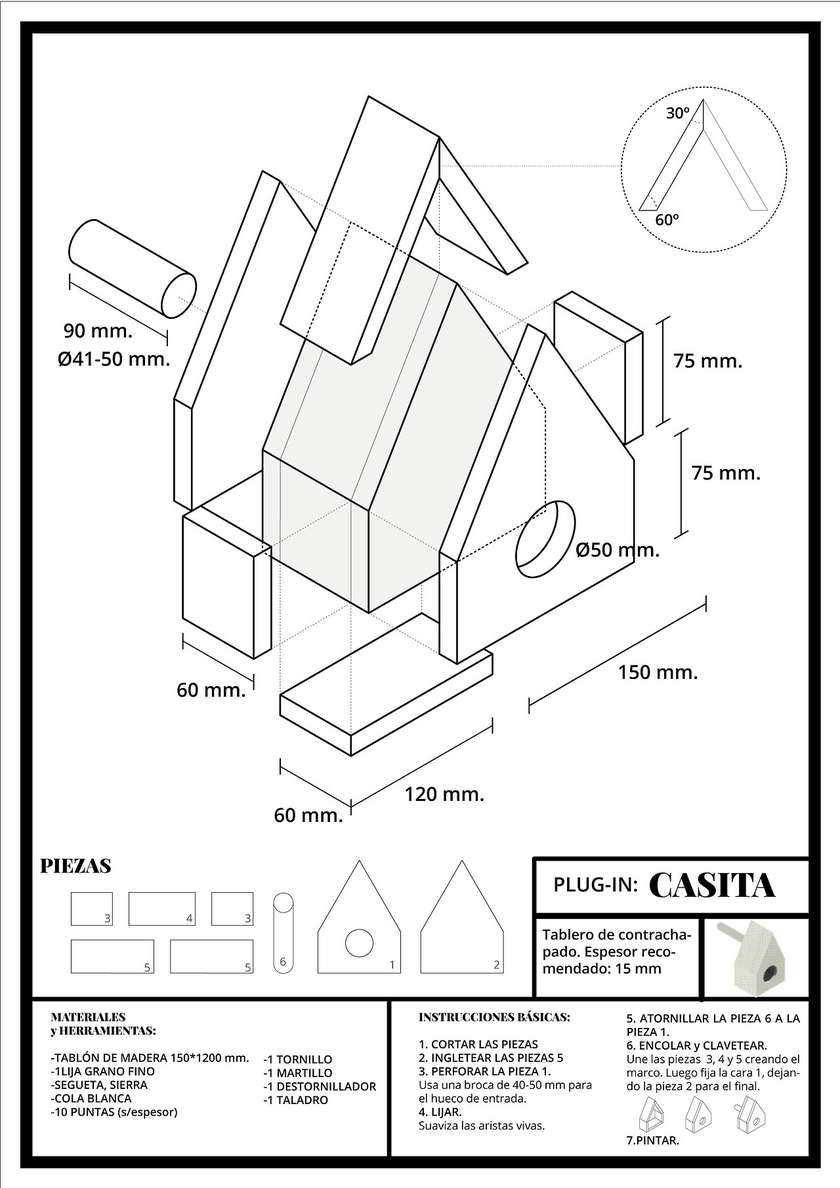
DIY instructions: birdhouse.
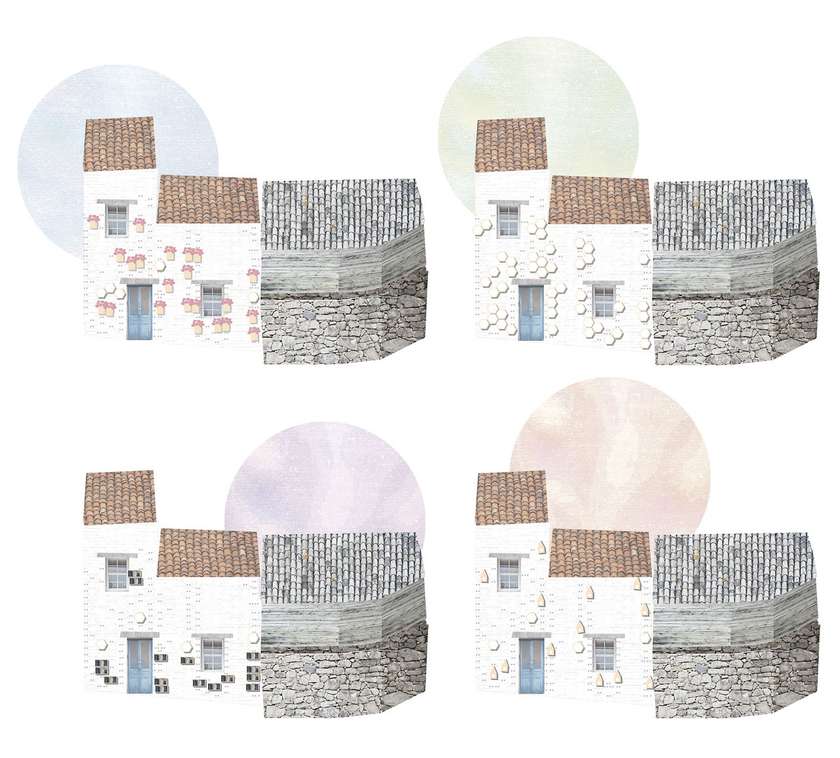
Layout hypotheses: flowers, lamps, bookcases, birdhouses.